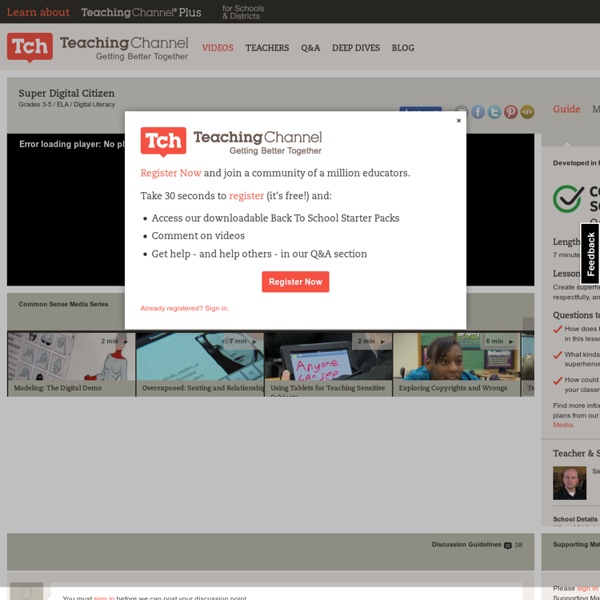



Cyber Safety - InformED It's always good to be cautious while on the internet. There are people in the cyber world who want to do harm to you or your computer. These are some good tips to keep in mind while you are surfing: Be careful about what you put on the web. It's on there forever and can be used to trace back to you at any time. Keep track of who you interact with on the internet. Some people may not be who they seem to be. Know that privacy is just an illusion. Even personal information on social networks can be easily recovered by anyone. Don't open any links in emails or chat rooms that look suspicious or unfamiliar. Also, never open any strange files that your computer may have downloaded from an email or a website. The best way on the internet to keep in touch with friends, sharing pictures and memories, and meet new people is by using a social network. Some of the most popular social networks as of today are: It may be unnerving to hear this but you virtually have no privacy on a social network. You should:
Online Safety for Kids | Grades K - 5 Cyberbullying - StopBullying.gov - Sometimes referred to as online social cruelty or electronic bullying, can involve: Sending mean, vulgar, or threatening messages or images or pretending to be someone else.Cyberbullying Prevention - Online bullying, called cyberbullying, happens when kids use the Internet, cell phones, or other devices to send or post text or images intended to hurt or embarrass another person.FBI Cyber Surf Islands - Travel to an island and learn how to stay safe online, including protecting your information, cell phone safety and more. (Flash required)FCC Kids Zone - Have fun with quizzes and games as you learn about the agency.
Keeping Kids Safe Online If your child is surfing the web, you need to be paddling right alongside him — or at least observing carefully from the shore. While the internet offers goodies galore (educational materials, fun games, and connections with people all over the world), it can also pose risks to your child's physical safety and emotional well-being. Here's what is appealing — and what's dangerous — about several popular ways kids use the internet, along with suggested rules for keeping kids safe online. The bottom line: communicate with your child. Discuss what she's doing online and why. Safety Standards These basic rules apply to keeping kids safe online; visit Commonsense.com for age-by-age tips. Limit usage. Kids' Favorites Use this overview to understand what kids love to do online — and what risks go along with the rewards. Communicating and social networking: Online communication consists primarily of email, instant messaging (IMs), chat rooms, and journals or web logs (blogs). What to do:
Welcome, Parents — ikeepsafe.org You can help your child become a responsible, ethical digital citizen with healthy online relationships. To do that, you’ll use the same successful parenting skills that you’re already using at home. Resilient digital citizens recognize and seek out the 3Cs—appropriate contact, content, and conduct—in all digital settings (e.g., iPods,instant messaging, chat, computer games, game consoles, cell phones, text messaging, webcams) To help you teach your children to safely and ethically use their digital devices,iKeepSafe has created the following programs: Wise Tech Choices Be informed and guide young people to use technology in a way that enhances our relationships and improves our health, wellbeing, and productivity. Cyberbalance in a Digital Culture iKeepSafe’s most recent research,”Cyberbalance in a Digital Culture,” explores how cyberbalance impacts day-to-day life. Copyright and Creativity for Ethical Digital Citizens iKeepSafe BEaPRO™ Parent App: Faux Paw the Techno Cat Project PRO